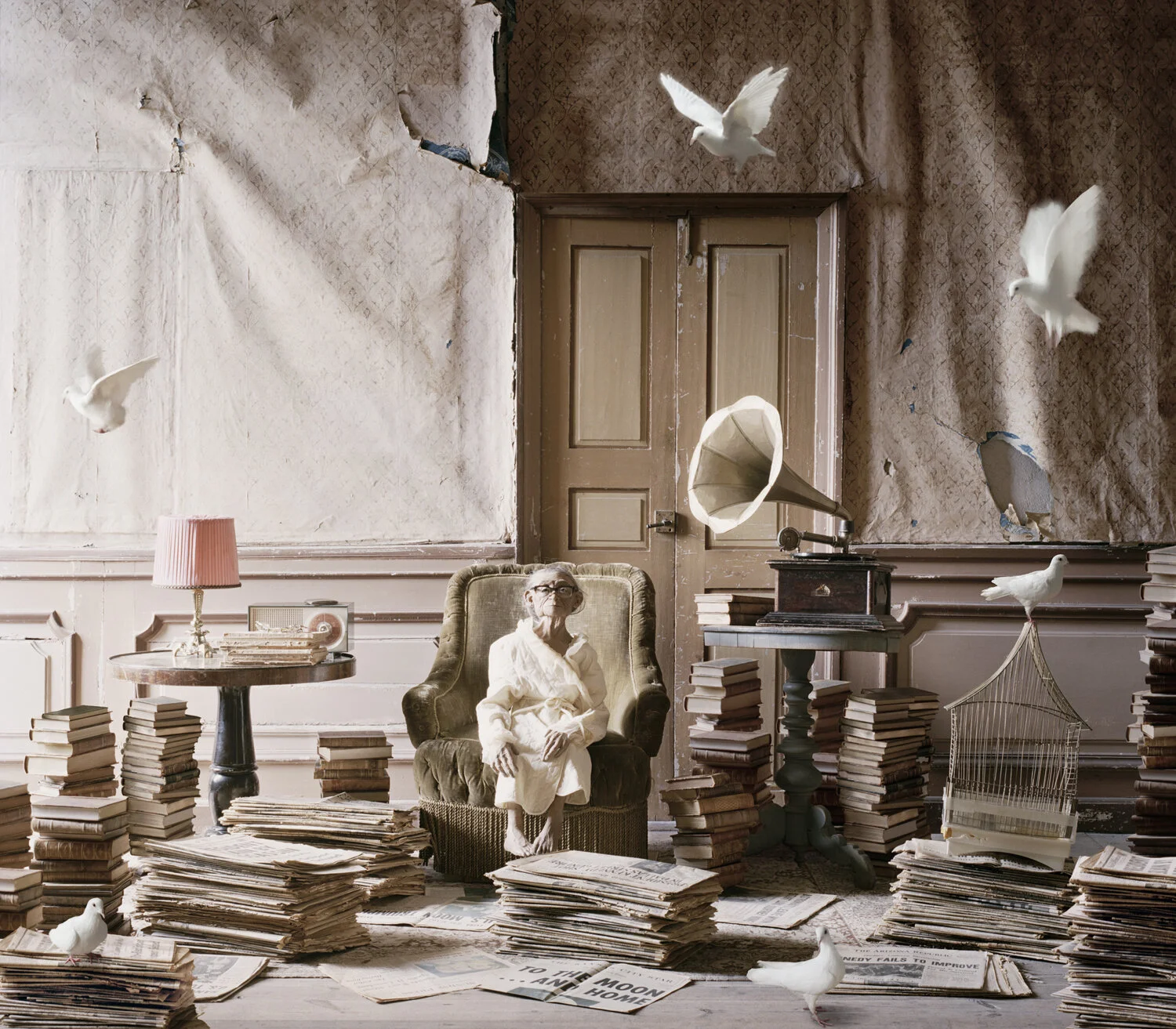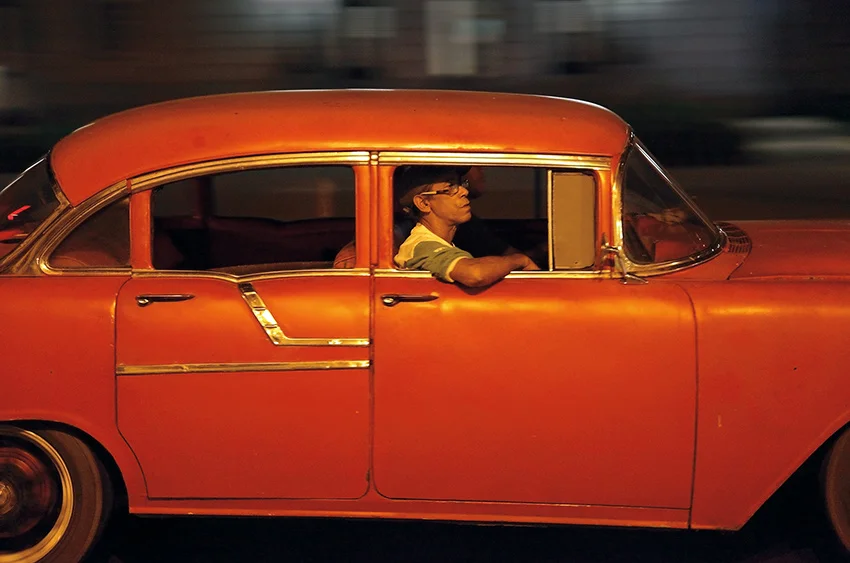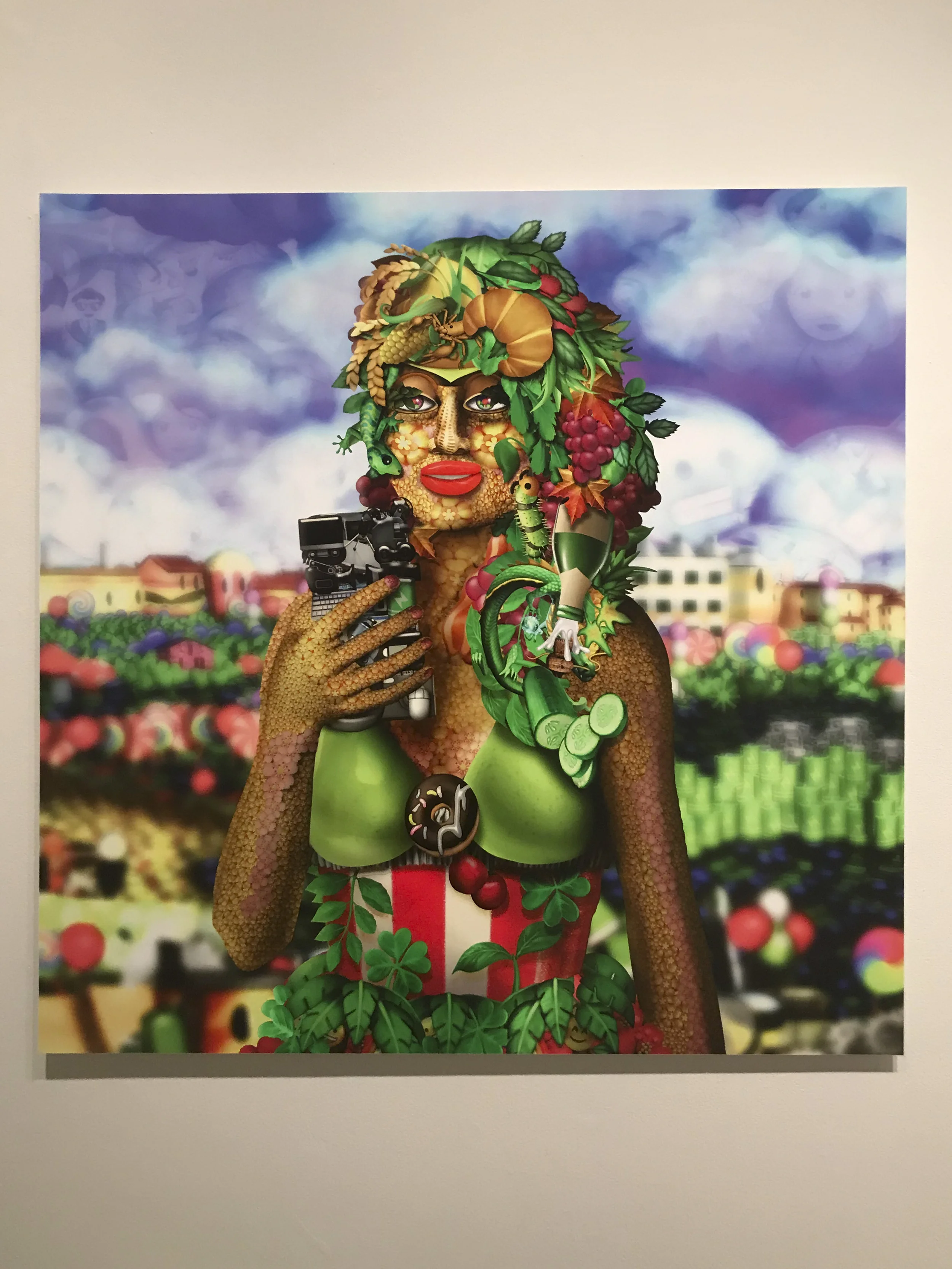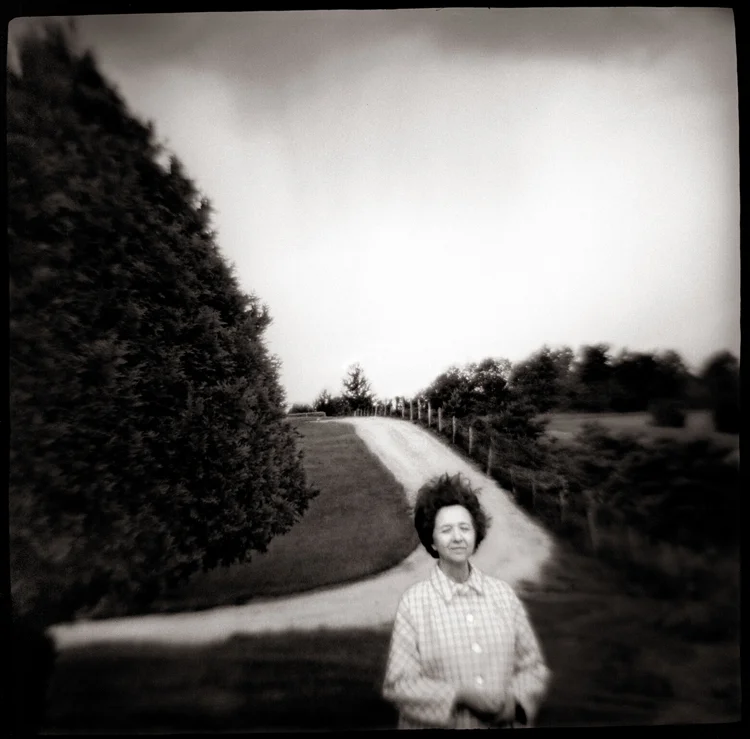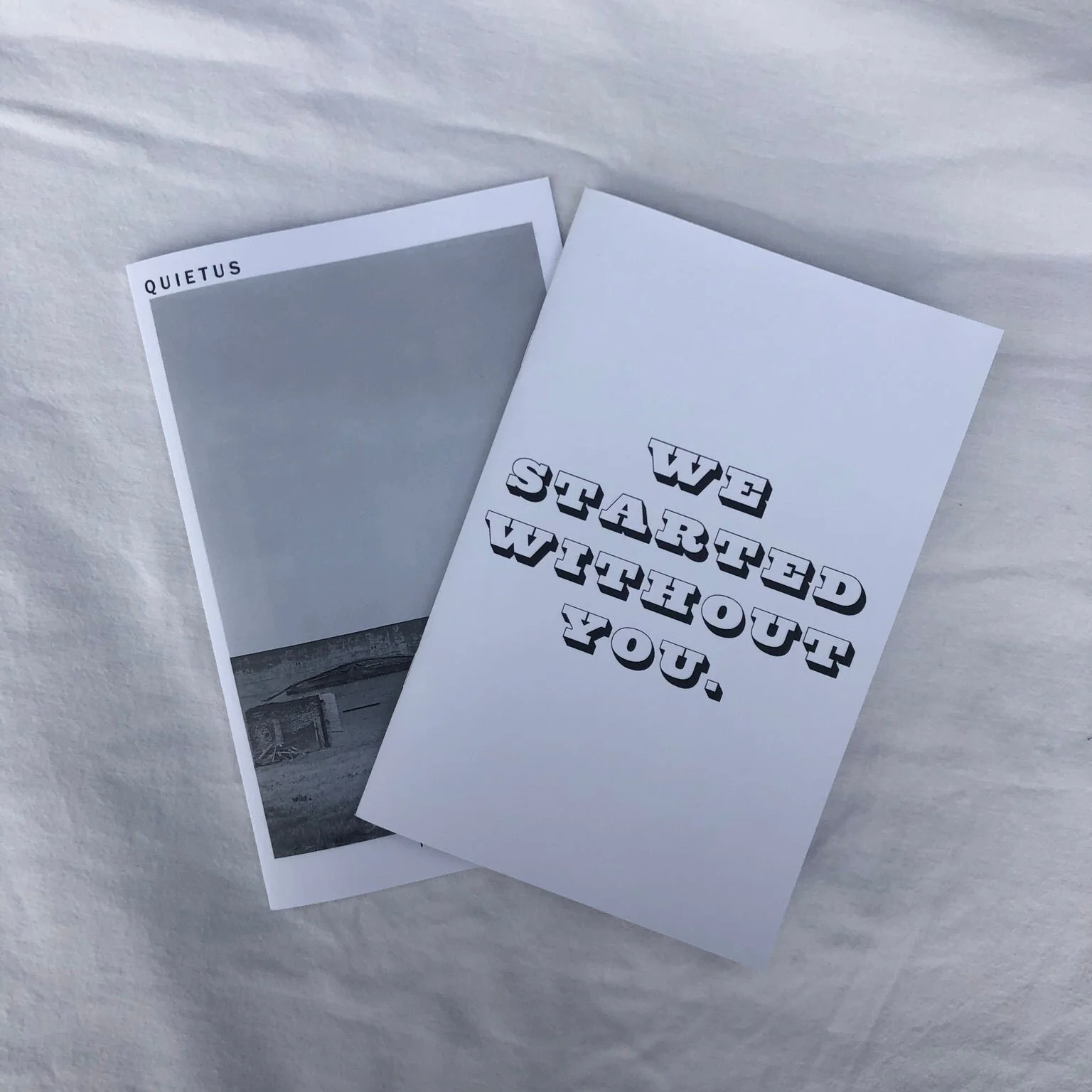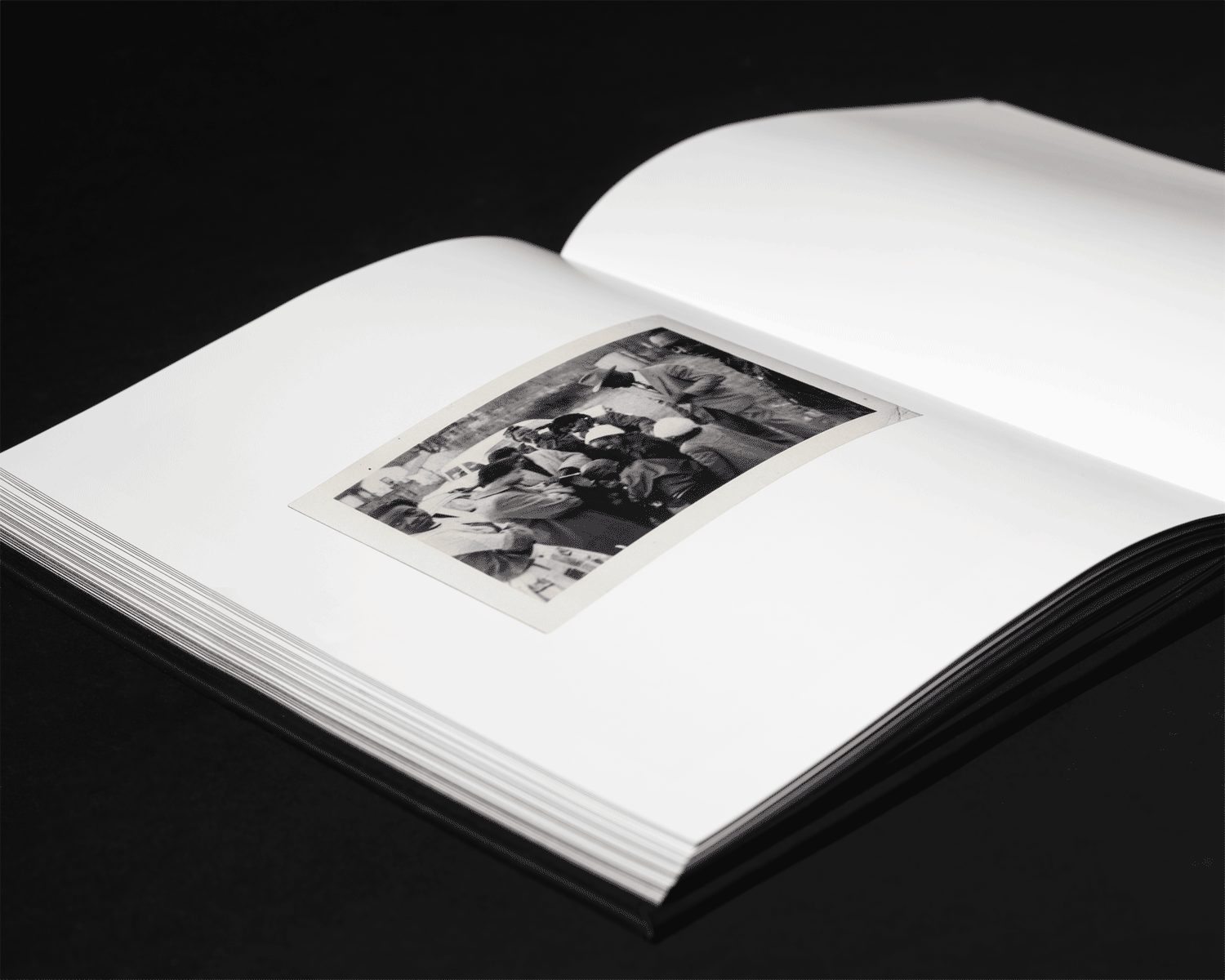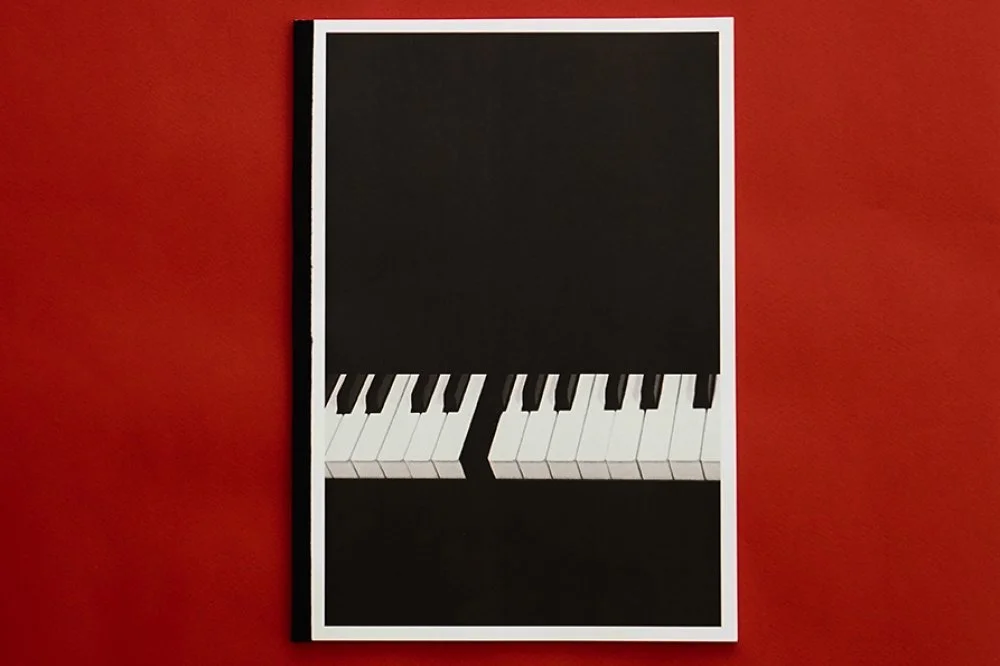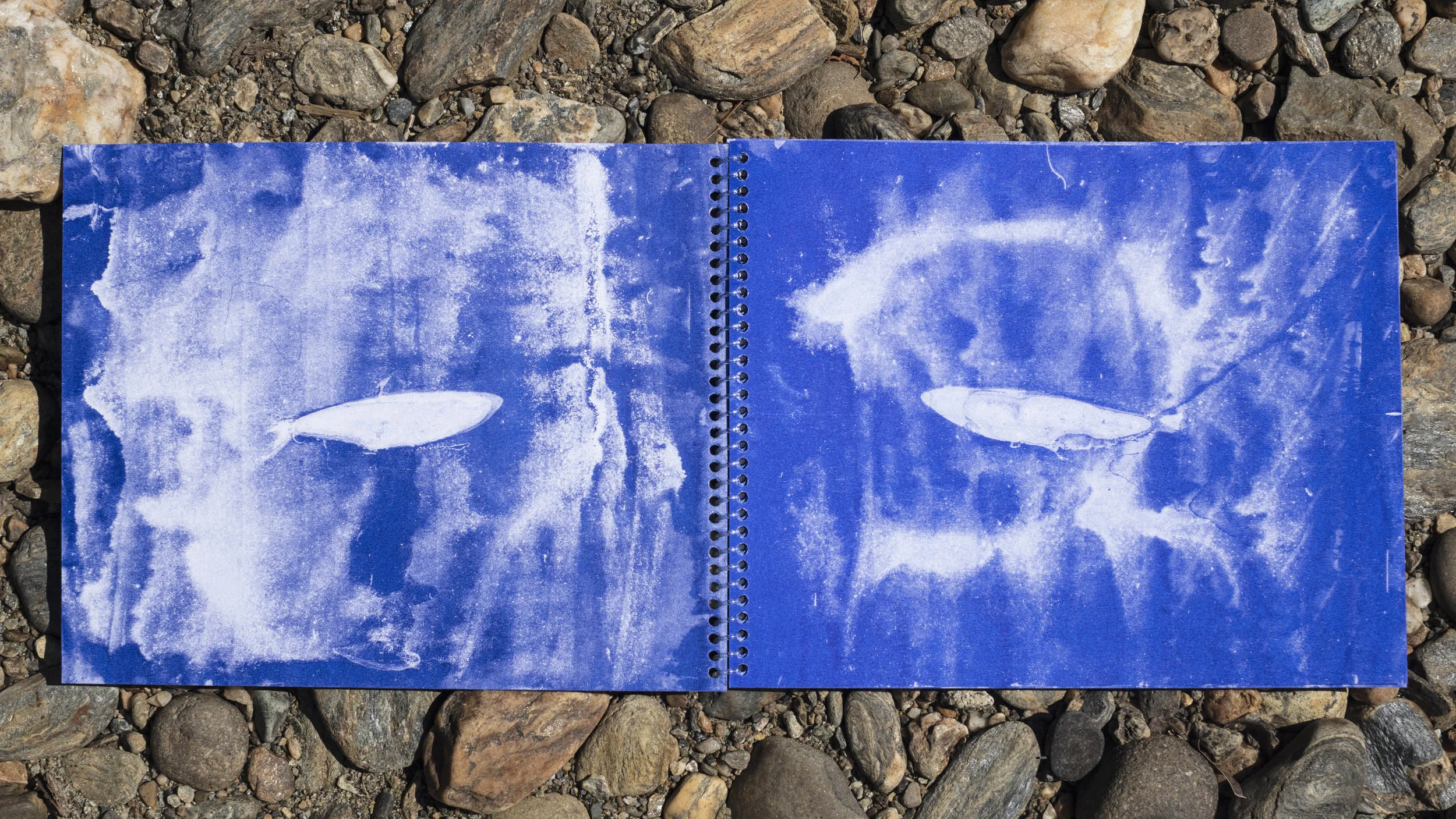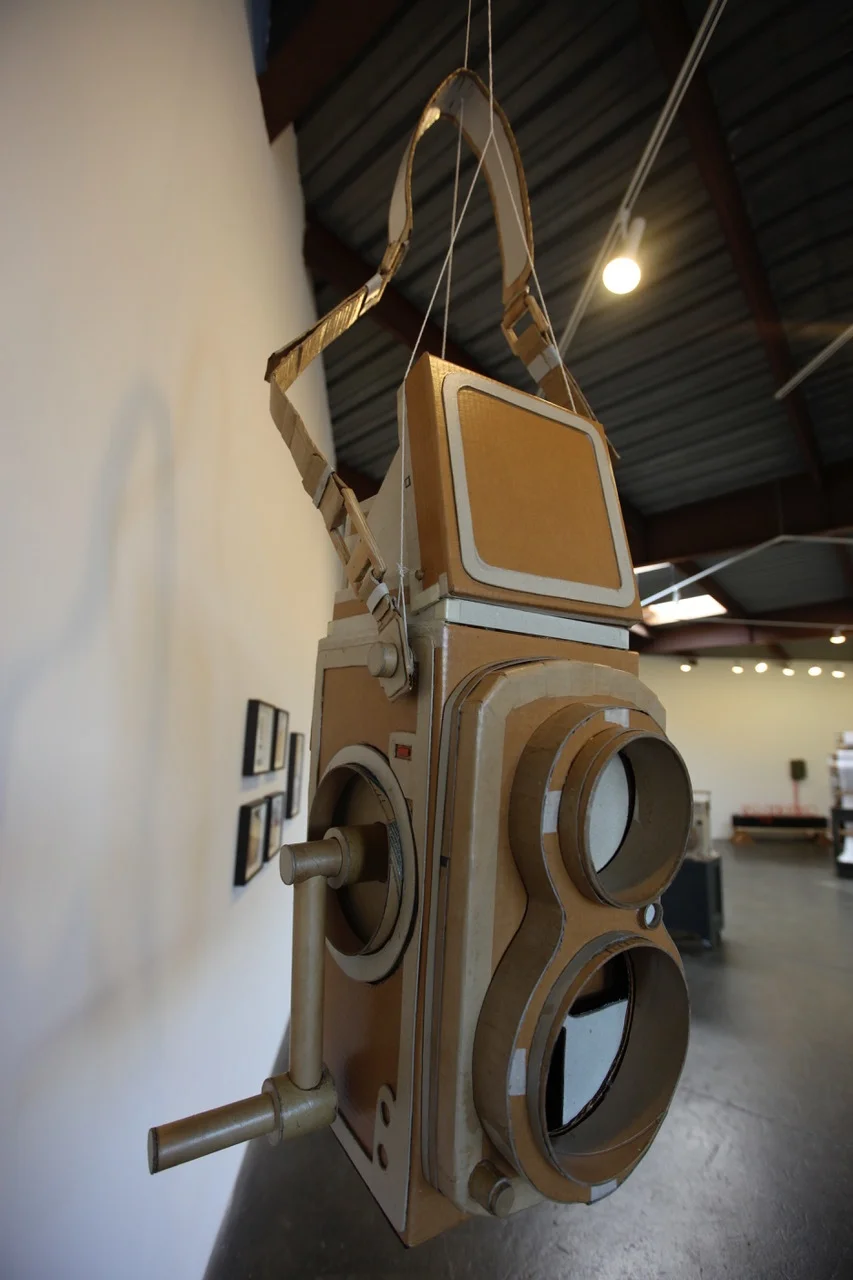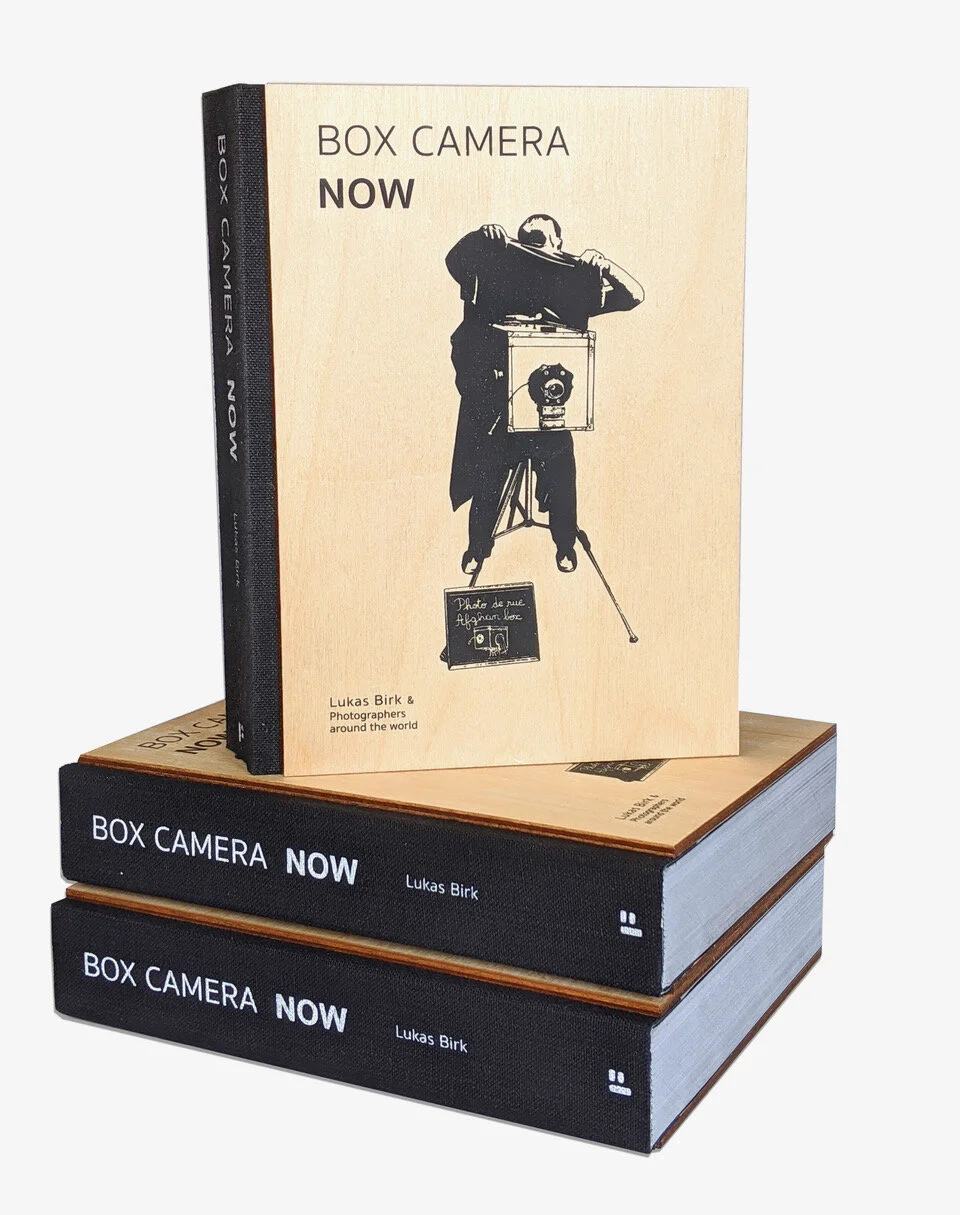“I never want to see another picture of ________.” Industry veterans share their pet peeves on themes in contemporary photography. In this series they present their “rule” along with five photographs that break the rule in an effort to show that great work is the exception to the rule.
Rule Setter: Roger Thompson, DTP Senior Editor
Rule Breaker: Western Doughty
I never want to see another Larry Clark, urban degradation po-white-trash knock off. As a native Tulsan, I probably have an undue love for Clark’s series on the underbelly of Tulsa, and as such, I probably have unrealistic expectations for images of the dark corners of (sub)urban life. Yes, Clark’s images are raw and desperate, but the magic element of his work is connection and relationship. That element helps the work transcend the run-of-the-mill photo of the down-and-out America, shifting it from a rumination that caters to cynicism to a genuine love for subject who often seem lost and hopeless.
So, I was frankly skeptical when I went into an exhibition this past winter of the work of Western Doughty. My brother had told me I should take a look, and he told me his work was along a kind of Clark continuum. I was ready to be intrigued, if also underwhelmed and disappointed.
I wasn’t, and I’m still not. The series is called Route 66: Room #116. For a year, Doughty sequestered himself away in an old motel along old Route 66, and he invited any and all to come by to visit, talk, share stories and lives, and pose for photos. The result is a series of heartbreaking, disturbing, intimate, yearning, and simply captivating photos. Rumors are he is currently engaged in a follow-up project, living in a trailer park in Tulsa and documenting his life and those around him. I don’t know whether it’s true, though his Facebook presence suggests it may be.
Doughty is a bit of a presence around the Tulsa scene, and, as a Tulsa apologist, I would argue that it’s a scene worth visiting and knowing. Beyond the legendary art deco architecture and the vibrant music history (Cain’s Ballroom, the Brady Theater, the Gap Band and Leon Russell), the Tulsa visual arts world is always more significant than folks outside of Oklahoma probably care to admit. Names like Gaylord Oscar Herron, Eric Joyner, Otto Duecker, and Robert Maker should carry more weight than they do in most quarters, and if Doughty can learn anything from those who have worked from Tulsa before him, it is that the path to a certain kind of art world success will require more than a strong body of work, but also (probably) a degree of shameless self-promotion that demands attention without demanding recognition. We should all hope he heads that way, but even if he doesn’t, his work deserves a good, long look.
—Roger Thompson
Route 66: Room #116 35
Route 66: Room #116 4
Route 66: Room #116 22
Route 66: Room #116 7
Route 66: Room #116 14










































